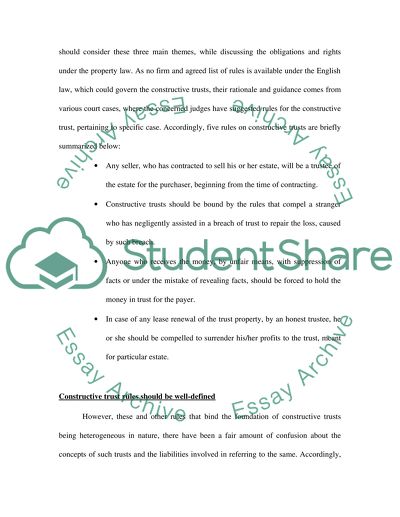Cite this document
(Controversies Surrounding Constructive Trusts Case Study, n.d.)
Controversies Surrounding Constructive Trusts Case Study. Retrieved from https://studentshare.org/law/1564814-foundation-property-writing-task
Controversies Surrounding Constructive Trusts Case Study. Retrieved from https://studentshare.org/law/1564814-foundation-property-writing-task
(Controversies Surrounding Constructive Trusts Case Study)
Controversies Surrounding Constructive Trusts Case Study. https://studentshare.org/law/1564814-foundation-property-writing-task.
Controversies Surrounding Constructive Trusts Case Study. https://studentshare.org/law/1564814-foundation-property-writing-task.
“Controversies Surrounding Constructive Trusts Case Study”. https://studentshare.org/law/1564814-foundation-property-writing-task.


